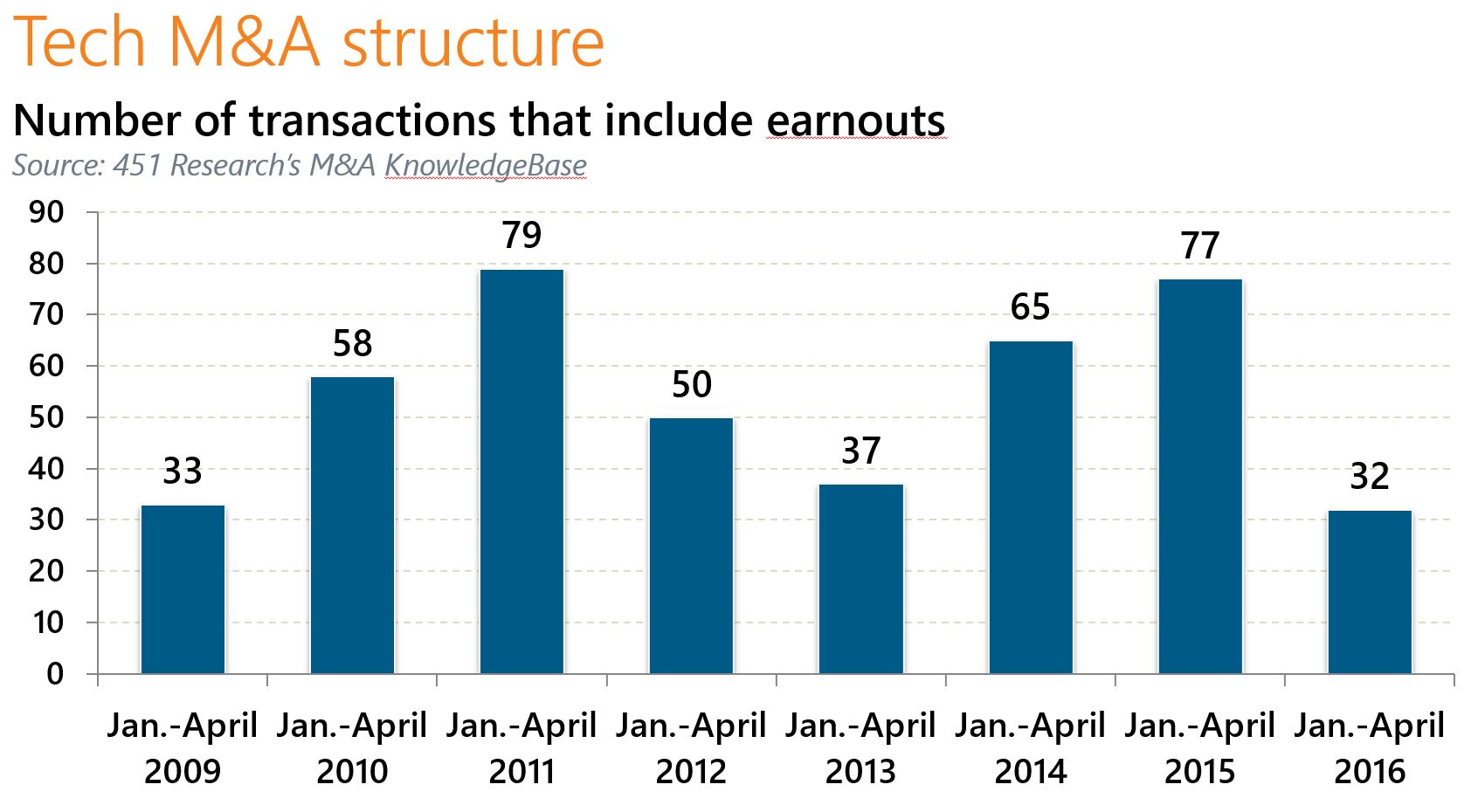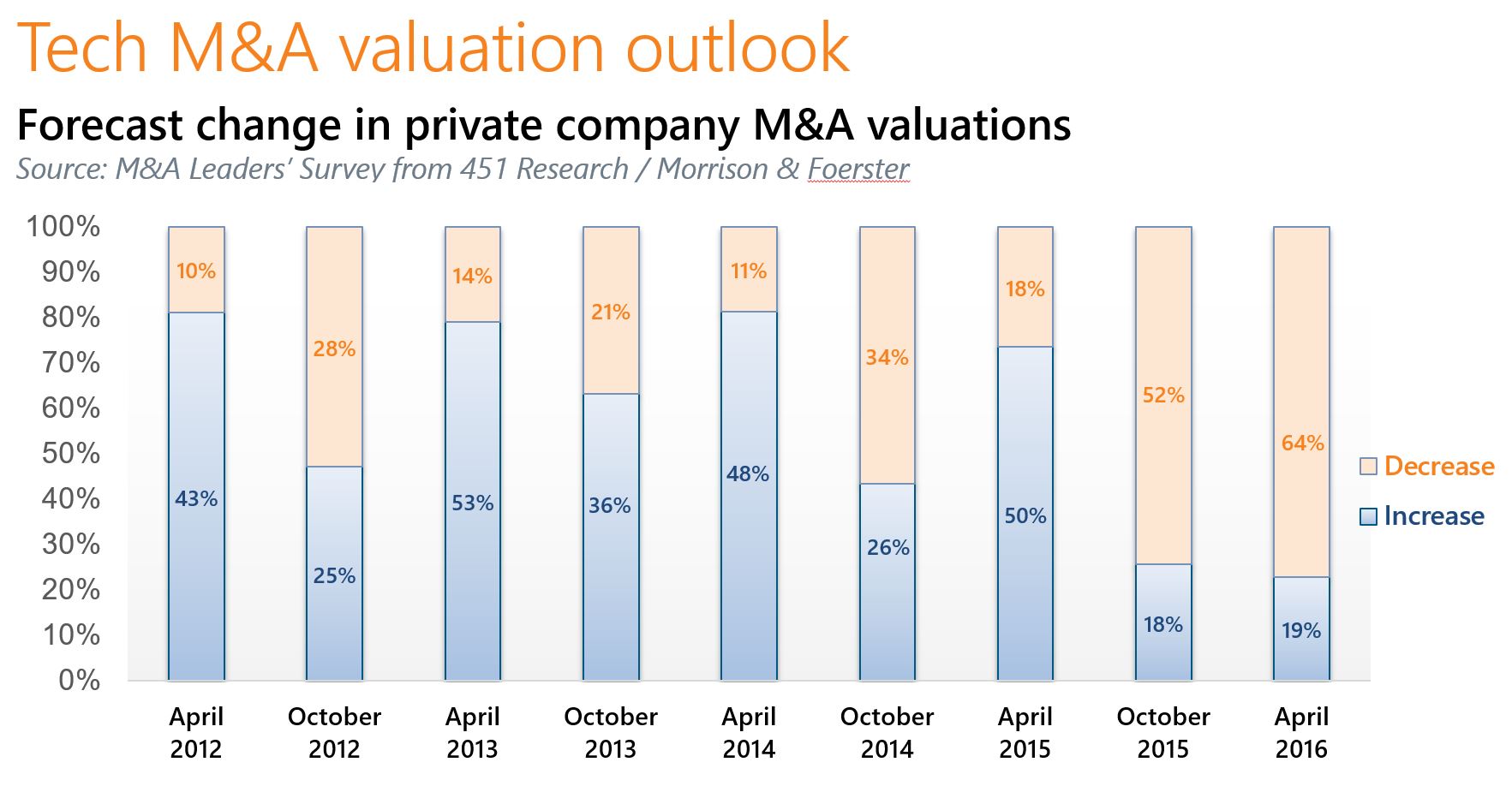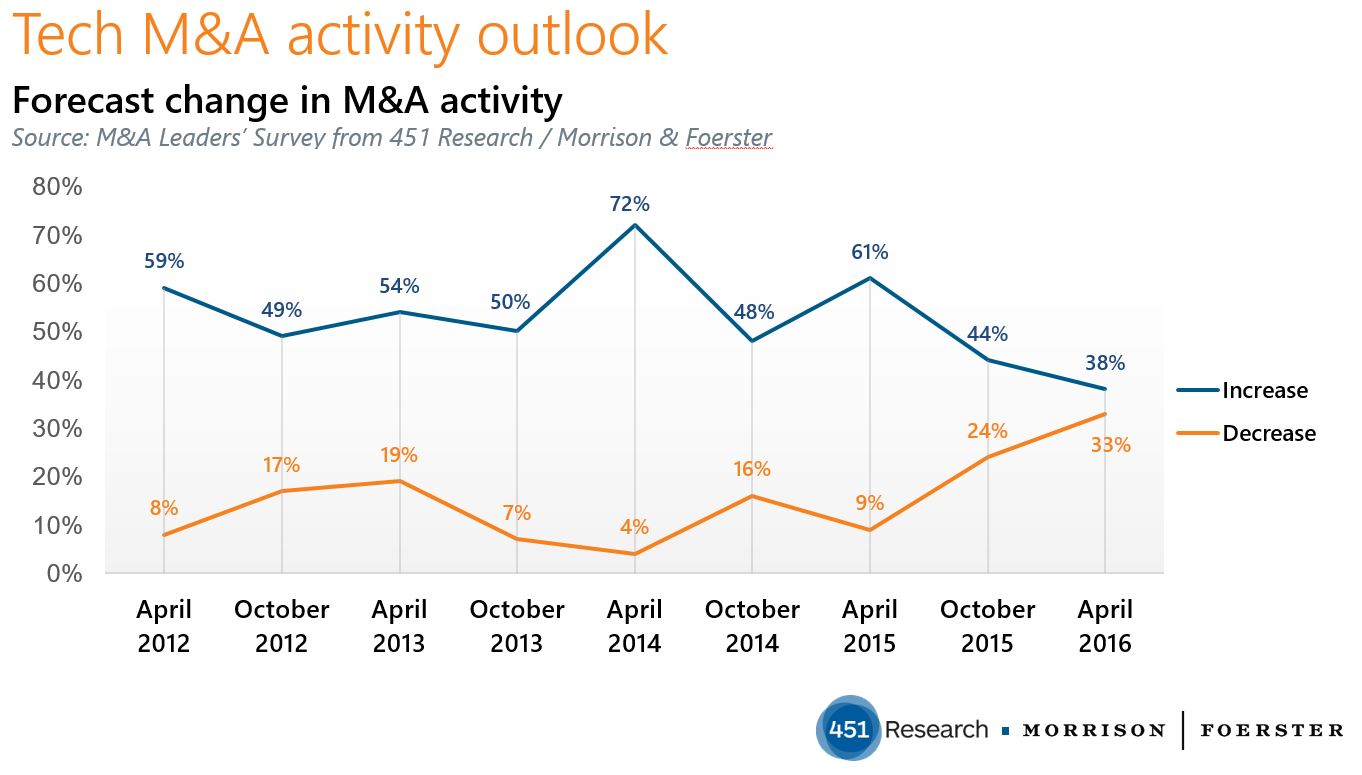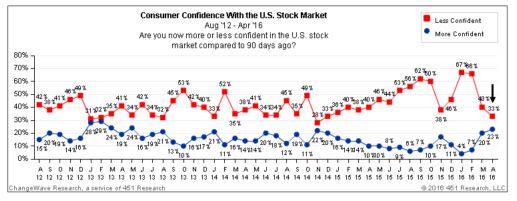Contact: Brenon Daly
More than four years after going private, Blue Coat is set to make a return to the public market. But the company that put in its IPO paperwork is very different from the one that beat a hasty retreat from Wall Street. The resurrected Blue Coat is cleaner, more stable and throws off more cash. And, most dramatically, it’s growing at a healthy mid-teens percentage rate, while the old version was shrinking. The reboot of Blue Coat, which has been accomplished under private equity (PE) ownership, will pay dividends as it makes its debut.
The original Blue Coat, which was founded 20 years ago, was a bit of a faded garment when its initial PE owner, Thoma Bravo, got its hands on it. As noted, revenue was declining as the company stumbled from its network performance origins into Web security, while not doing either particularly well. (451 Research surveys of customers at the time of Blue Coat’s leveraged buyout showed that respondents had a largely unfavorable view of the company, with many indicating they planned to cut their spending with it.) That corporate uncertainty was compounded by churn in the corner office, as three CEOs came and went in just the 18 months leading up to Blue Coat’s LBO.
The company is now squarely focused on network security, while also spending liberally to step into securing the cloud. This growth is crucial because the cloud has effectively expanded the perimeter of a network, and many legacy network-based security products – from some of Blue Coat’s contemporaries – have proven ineffective at addressing cloud and mobile use cases. That helps explain why the company has rung up a $400m bill for SaaS security, acquiring both Perspecsys and Elastica last year.
Blue Coat has taken these strategic steps while roughly tripling cash-flow generation and increasing revenue by about two-thirds. Some caveats, however, are needed when comparing the current financial performance at the company with its earlier numbers. In its prospectus, Blue Coat has put forward several non-GAAP measures as key metrics, including ‘adjusted revenue’ and ‘adjusted EBITDA.’ Although 451 Research relies on GAAP figures, there are compelling reasons – notably the deferred revenue write-downs, which are essentially an accounting exercise – that make it understandable why the company favors those nonstandard measures. With those disclaimers, Blue Coat reports adjusted revenue of $775m and adjusted EBITDA of $223m for its most recent fiscal year, which ended in April. Regardless of the measure, however, it’s fair to say that the new Blue Coat is a whole lot bigger and throws off more cash than it ever has before.
After much of the initial cleanup at Blue Coat was done under Thoma Bravo, the buyout shop sold the company to current owner Bain Capital last March. (As an aside, we would note that Thoma Bravo – despite having one of the biggest buyout portfolios in the tech industry – still hasn’t taken a portfolio company public.) Bain Capital paid $2.4bn, and looks certain to see its blue-hued portfolio company hit the market at north of $3bn.
For more real-time information on tech M&A, follow us on Twitter @451TechMnA.




